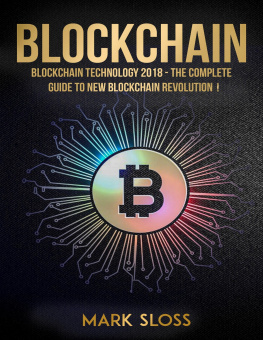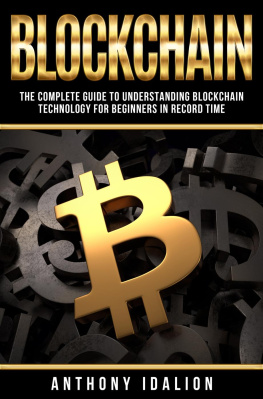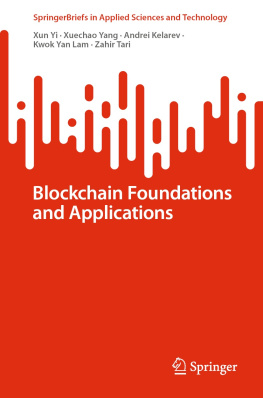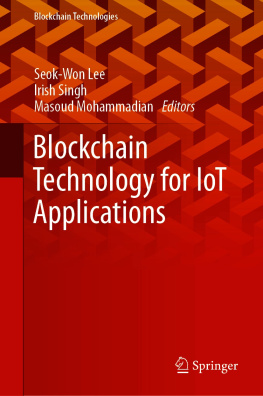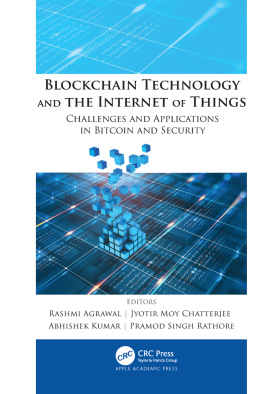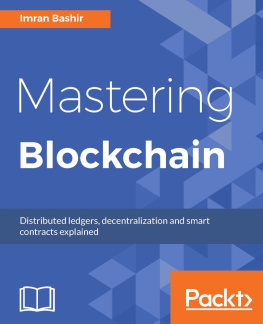Contents
Guide
Page List
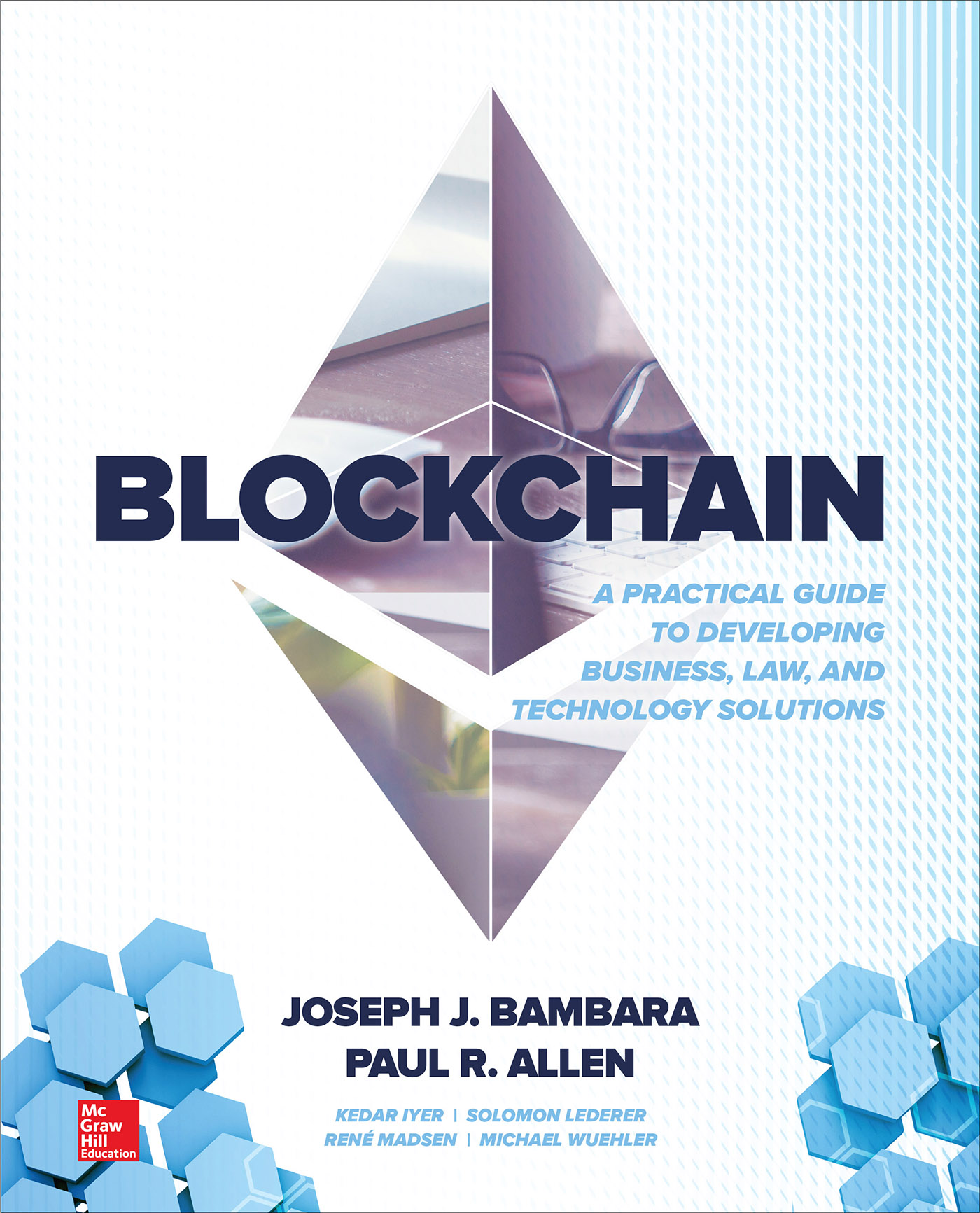

Copyright 2018 by McGraw-Hill Education. All rights reserved. Except as permitted under the United States Copyright Act of 1976, no part of this publication may be reproduced or distributed in any form or by any means, or stored in a database or retrieval system, without the prior written permission of the publisher.
ISBN: 978-1-26-011586-4
MHID: 1-26-011586-0
The material in this eBook also appears in the print version of this title: ISBN: 978-1-26-011587-1, MHID: 1-26-011587-9.
eBook conversion by codeMantra
Version 1.0
All trademarks are trademarks of their respective owners. Rather than put a trademark symbol after every occurrence of a trademarked name, we use names in an editorial fashion only, and to the benefit of the trademark owner, with no intention of infringement of the trademark. Where such designations appear in this book, they have been printed with initial caps.
McGraw-Hill Education eBooks are available at special quantity discounts to use as premiums and sales promotions or for use in corporate training programs. To contact a representative, please visit the Contact Us page at www.mhprofessional.com.
Information has been obtained by McGraw-Hill Education from sources believed to be reliable. However, because of the possibility of human or mechanical error by our sources, McGraw-Hill Education, or others, McGraw-Hill Education does not guarantee the accuracy, adequacy, or completeness of any information and is not responsible for any errors or omissions or the results obtained from the use of such information.
TERMS OF USE
This is a copyrighted work and McGraw-Hill Education and its licensors reserve all rights in and to the work. Use of this work is subject to these terms. Except as permitted under the Copyright Act of 1976 and the right to store and retrieve one copy of the work, you may not decompile, disassemble, reverse engineer, reproduce, modify, create derivative works based upon, transmit, distribute, disseminate, sell, publish or sublicense the work or any part of it without McGraw-Hill Educations prior consent. You may use the work for your own noncommercial and personal use; any other use of the work is strictly prohibited. Your right to use the work may be terminated if you fail to comply with these terms.
THE WORK IS PROVIDED AS IS. McGRAW-HILL EDUCATION AND ITS LICENSORS MAKE NO GUARANTEES OR WARRANTIES AS TO THE ACCURACY, ADEQUACY OR COMPLETENESS OF OR RESULTS TO BE OBTAINED FROM USING THE WORK, INCLUDING ANY INFORMATION THAT CAN BE ACCESSED THROUGH THE WORK VIA HYPERLINK OR OTHERWISE, AND EXPRESSLY DISCLAIM ANY WARRANTY, EXPRESS OR IMPLIED, INCLUDING BUT NOT LIMITED TO IMPLIED WARRANTIES OF MERCHANTABILITY OR FITNESS FOR A PARTICULAR PURPOSE. McGraw-Hill Education and its licensors do not warrant or guarantee that the functions contained in the work will meet your requirements or that its operation will be uninterrupted or error free. Neither McGraw-Hill Education nor its licensors shall be liable to you or anyone else for any inaccuracy, error or omission, regardless of cause, in the work or for any damages resulting therefrom. McGraw-Hill Education has no responsibility for the content of any information accessed through the work. Under no circumstances shall McGraw-Hill Education and/or its licensors be liable for any indirect, incidental, special, punitive, consequential or similar damages that result from the use of or inability to use the work, even if any of them has been advised of the possibility of such damages. This limitation of liability shall apply to any claim or cause whatsoever whether such claim or cause arises in contract, tort or otherwise.
I would like to dedicate this book to my family (Roseanne, Vanessa, and Michael) and friends (especially Hillary Brower and Rolando Marino) and to the hope that we in America can properly educate our young and lead the world in technology, innovation, and freedom.
Joseph J. Bambara
I would like to dedicate this book to my children, Sophia and Terence. My hope is that you will always do what you love, and therefore love what you do.
Paul R. Allen
About the Authors
Joseph J. Bambara, CIPP/US, is an attorney/technologist. As an attorney with a private practice, he has counseled affiliate marketing, media, and technology firms in software and data licensing agreements, intellectual property, privacy, data security, and cybersecurity as well as analyzing the legal implications of new technologies like blockchain and smart contracts. As technologist/founder of UCNY, Inc., his experience includes 30 years of implementing computing and communications architecture for Wall Street, media and law enforcement including mobile, enterprise, database, cybersecurity, and most recently IoT and blockchain. He has taught courses in computing at CCNY School of Engineering in New York. He is the author of more than 10 internationally published books on software development covering Java, SQL, and related technologies for McGraw-Hill. As lecturer and co-chairman of the New York County Lawyers Association Law and Technology Group, he presents frequently on law and technology. He has a juris doctorate in law and a masters degree in computer science.
Paul R. Allen is a director and product owner at Enterprise Engineering, Inc. Paul has been advising on, architecting, and developing applications systems for over 25 years. During this time, he has performed many strategic assessments of IT organizations, infrastructures, software development processes, and application architectures and helped companies and teams evaluate alternative technologies and products. He has developed systems for the financial, brokerage, pharmaceutical, and manufacturing industries, specializing in web-based, object-oriented technology and is now doing the same in the exciting world of blockchain, IoT, and smart contracts. He has taught numerous courses in computing at Columbia University in New York. He has authored more than a dozen books, including OCM Java EE 6 Enterprise Architect Exam Guide (Oracle Press, 2014), Sun Certified Enterprise Architect for J2EE Study Guide (McGraw-Hill, 2007), J2EE Unleashed (SAMS, 2001), SQL Server Developers Guide (IDG, 2000), Informix: Universal Data Option (McGraw-Hill, 1998), and PowerBuilder: A Guide to Developing Client/Server Applications (McGraw-Hill, 1995). Paul has also given presentations on computing topics in cities around the globe, including London, Paris, Tokyo, Los Angeles, Vienna, Berlin, New York, Washington, D.C., Copenhagen, Oslo, and Stockholm.
About the Contributors
Kedar Iyer is a software engineer who has worked with satellite systems, autonomous robotics, and blockchain technologies. He was the co-founder of LetsChai, an India-based dating site. His most recent focus has been on blockchain technologies. He is the creator of PeerBet, a peer-to-peer sports betting platform on the Ethereum blockchain. He has a degree in mechanical engineering from UCLA and currently lives in Brooklyn, New York.
Solomon Lederer, PhD, is a founder of blockmatics.tech, a blockchain training and consulting firm, and the founder of Coinspace, a blockchain-focused co-working space. He is also partner and head of technology at Iterative Instinct, a private investment fund focused on crypto-assets. He has a doctorate in distributed and ad hoc sensor networks, where he developed novel ways for networks to self-organize. Before blockchain, he worked as a software engineer in the defense and finance industries. He has been working with/teaching blockchain technology and Ethereum since 2014.


